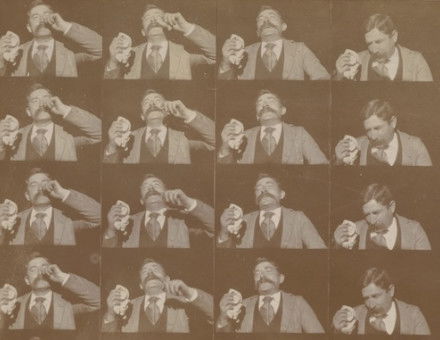The Treaty of Versailles
David Stevenson takes a look back on the treaty that ended the First World War.
The peace settlement is a spreading morass across the history of the early inter-war years. Its origins stretch back to the war aims of the Allied Powers. Its first, formal, phase would end long after the signature of the Treaty of Versailles, in June 1919, with the conclusion of the Sèvres and Rapallo Treaties in the following year. And the initial peace treaties are increasingly being considered by historians as part of a much broader return to global economic and political stability that culminated in the Washington Conference of 1921-22, the Treaty of Lausanne in 1923, and the Dawes Plan, the Locarno Treaties, and the International Steel Cartel in 1924-26. After both world wars it took a decade of trial and error to establish an international framework that permitted relative prosperity and order for, at least, a while.





